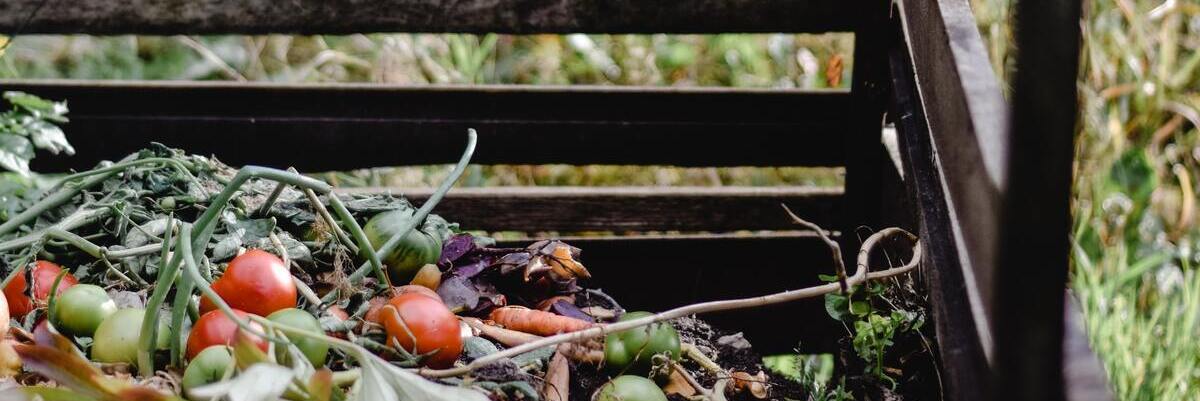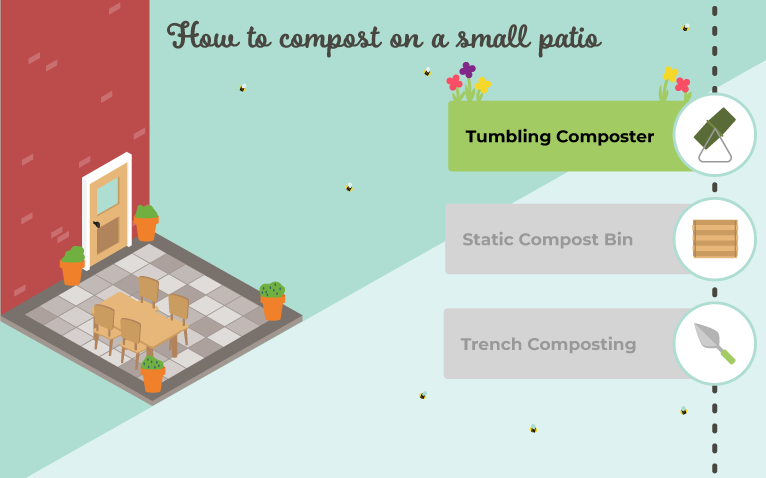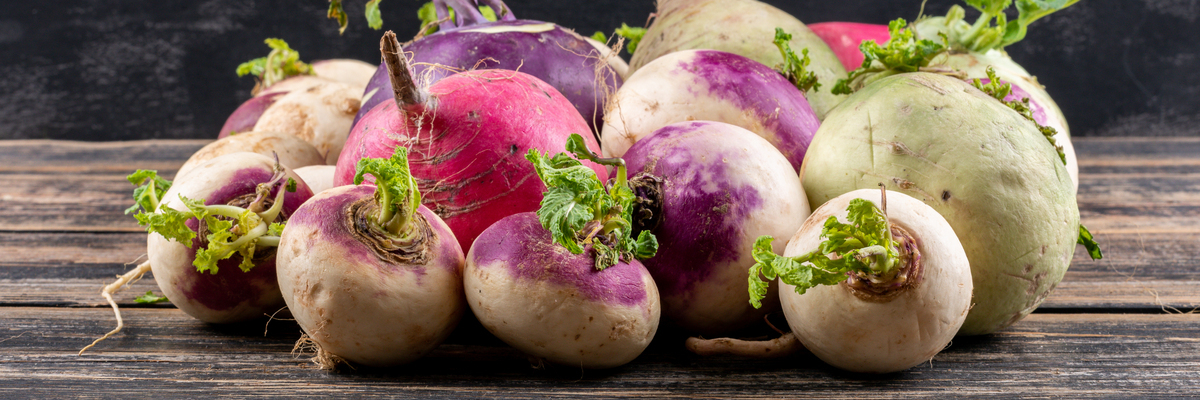With eco concerns at a record high, there has never been a better time to go green and care for Mother Earth - and one of the most vital, yet easiest ways to go green is to reuse your waste by composting household scraps. Of course, if you have limited space, composting your off-cuts might seem more like a pipedream than a probability, especially considering how much the average British garden is shrinking. But a spacious garden needn’t stop your composting dreams!
Seriously – there are plenty of eco-friendly options available to all home-dwellers. Whether your outdoor space consists of a small garden, prim patio or simple balcony, there is always an avenue for you to start composting. Continue reading, below, to find out how to compost in a small space.
How to compost on a small patio
A tumbling composter is the perfect patio compost solution. The long legs of this composting tool ward off any hedgehogs, mice or voles looking for a warm place to catch a few z’s. Not to mention that they are also very durable and don’t take up much in the way of precious square footage.
To use a tumbling composter, just load the drum with your waste and then crank it. By turning the tumbler regularly, you provide the airflow that compost needs to ferment, speeding up the process tenfold.
How to compost on a small balcony
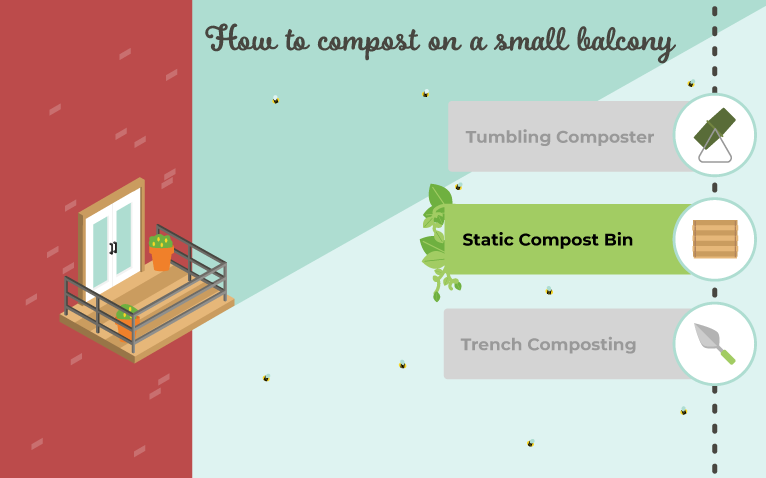
As the littlest and most compact of all the composting methods, a static compost bin is the best and only choice for balconies. High-rise composting is satisfyingly simple, too. Just place your compost bin in a cool corner out of the sun, layer the bottom with fresh soil and then fill the rest of the container with that magic mix of green and brown waste. Six to nine months later, you’ve got nutritional compost to keep your balcony plants vibrant and healthy.
If you’re growing an inner-city forest on your terrace, then consider buying a bigger compost bin to match your gardening ambitions. Or use multiple compost bins, stacked on top of each other, to always have a helping of compost brewing away.
How to compost in a small garden
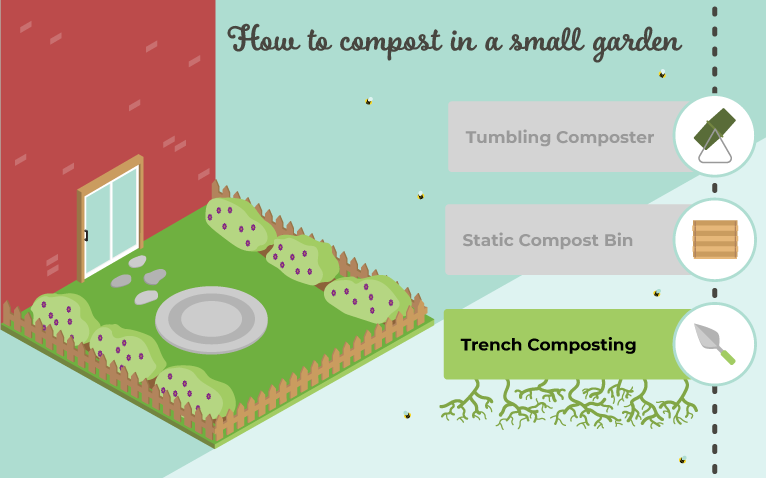
Rather than the special composting tools that other spaces require, a grass garden offers a no-frills, more old-fashioned approach: dig a trench and then leave it be. Yes, this method does require a bit of elbow grease, but the benefits far outweigh the drudgery. You won’t have to deal with any bad smells or persistent flies that may hang around a bin or tumbler, for one. In fact, you’ll forget the trench is there at all – this is called ‘invisible composting’ and it’s great for keeping your garden nice and tidy.
So, grab a spade, dig a small trench, fill it with layers of greens and browns and then bury with soil. Leave the waste for a few months before either unearthing your compost prize or planting vegetables on top of the trench to give your crops a turbo boost in growing season.
The five rules of composting
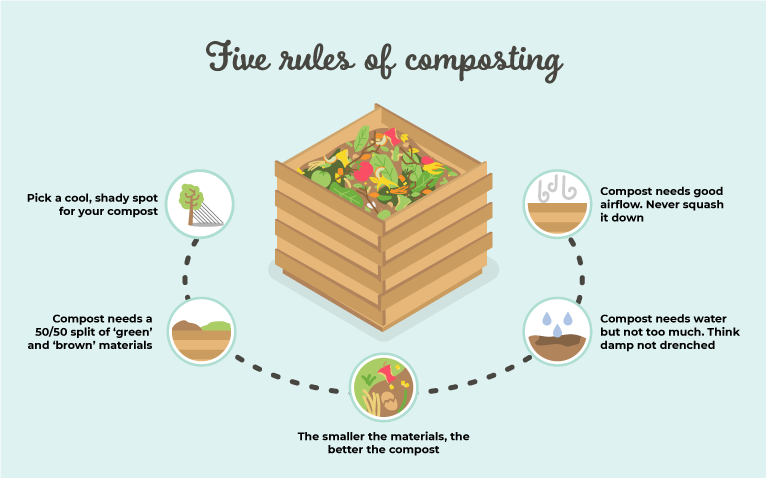
Composting is just one of many ways to show a little TLC to your garden. You can also mow the lawns, trim the hedges and tidy the leaves- all of which are made easier with Gtech’s garden care tools. Head over to the Gtech website to browse our range of garden care tools.


